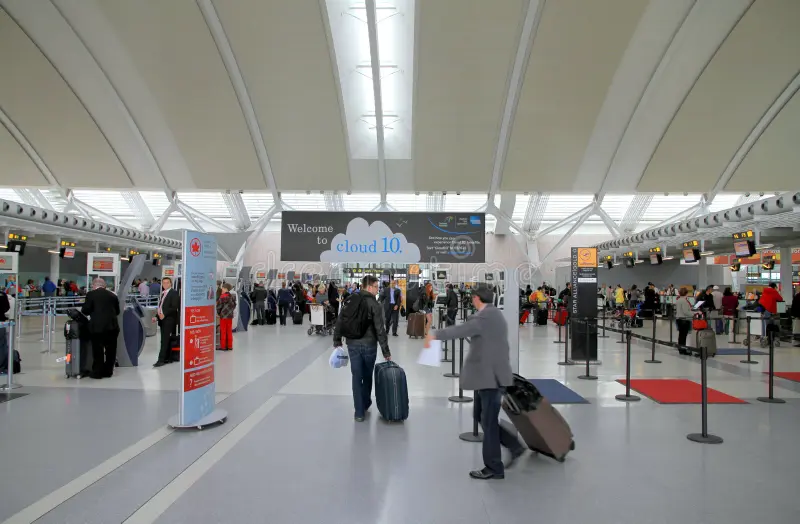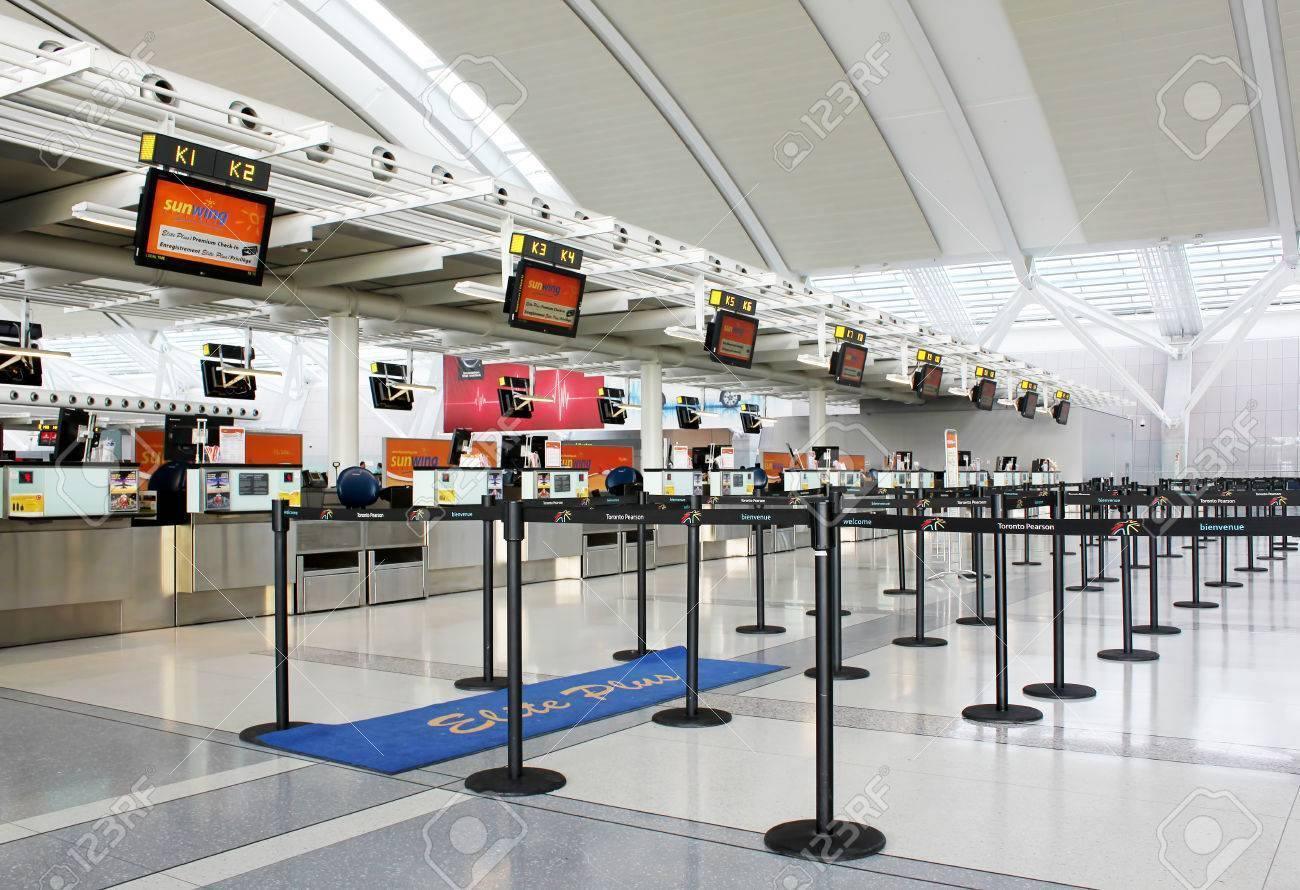Airport in high load mode
The last weeks for Toronto airports - especially the Pieron International Airport - were not easy. Several flights at once were forced to change the routes or suspend sorties for various reasons: from weather conditions to technical inspections. All this caused a wave of discussions among passengers and attention from the media.
Despite the fact that none of the cases led to serious consequences, many are wondering: what is happening and why does this happen so often?
The causes of unscheduled landings
Among the most noticeable events - several return aircraft to Toronto Airport shortly after departure. In one case, the reason was a slight malfunction in the on -board navigation system, in the other, a technical sensor worked, which required a second test on Earth.
In all situations, the crew acted on the protocol: he decided to stop the flight, notified the dispatchers and returned to the nearest airport. This is a standard practice dictated by aviation security standards.
“The return of the aircraft or its landing is not a sign of an emergency, but a way to exclude risks even before they become a problem,” explains Rachel Morris’s aviation expert.
Delays due to weather conditions
In addition to technical reasons, weather conditions affected the schedule. On certain days, dense fog reduced visibility to minimal indicators, which forced to temporarily limit or postpone ups and landings. This is especially sensitive in the morning, when air traffic is most intense.
The weather services warn that the spring period is traditionally accompanied by unstable weather: sharp temperature changes, fogs and sediments, which requires increased attention from airports and airlines.
Service reaction - at a height
Despite the external complexity of the situation, the airport’s services and airlines acted harmoniously. Passengers provided operational information, organized the re -registration of tickets, offered vouchers for food and, if necessary, accommodation at the hotel.
Many travelers note that although disruptions in the schedule caused inconvenience, the staff was polite, and the actions were clumsy and organized.

“I was ready for the worst, but everything went calmly. They explained to us that this is for the sake of our safety, and quickly re -registered the flight, ”the passenger Alex Graye shares.
What does the airport do
The PEARSON administration said that additional training for staff will be held in the coming weeks aimed at improving the reaction in non -standard situations. The modernization of monitoring and communication systems that allows you to respond faster to any deviations from the norm also continues.
“Each unscheduled landing or delay is a reason for analysis. We are constantly learning and improving the processes, ”said Kaitlin Donovan, press secretary of the airport.
In addition, in the framework of preventive measures, all vehicles serving the stripes undergo an extraordinary check to avoid technical linings similar to a recent case when an official car was too close to the active lane.
What passengers need to know
Experts advise passengers to remain calm and follow simple recommendations:
- Check the flight status before a trip to the airport
- Use airline applications for operational communication
- With a delay, do not hesitate to contact the staff for information
- Follow the crew instructions in emergency situations
Conclusion: the system works
Although the events of the last weeks create the impression of instability, specialists emphasize: from the point of view of security, everything works as it should. Airports and airlines react in time, the crews make reasonable decisions, and the passengers themselves are increasingly realizing that in aviation it is more important not in a hurry, but reliability.
